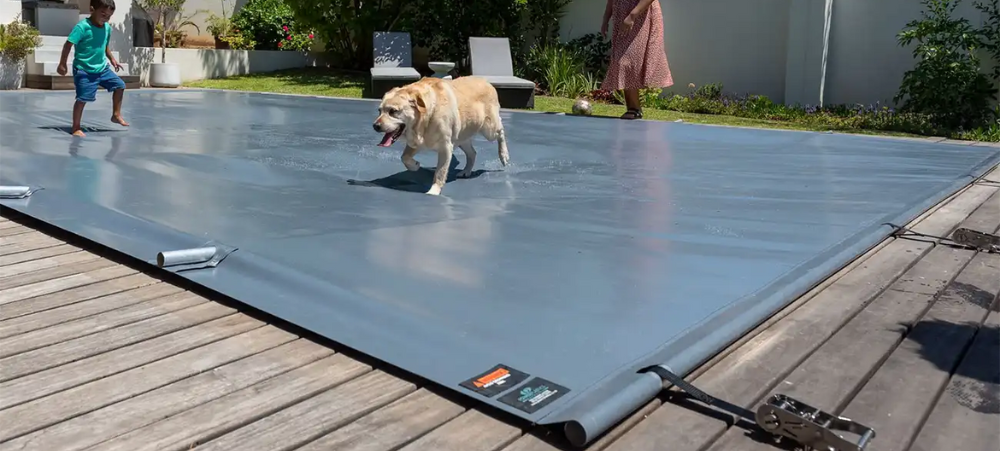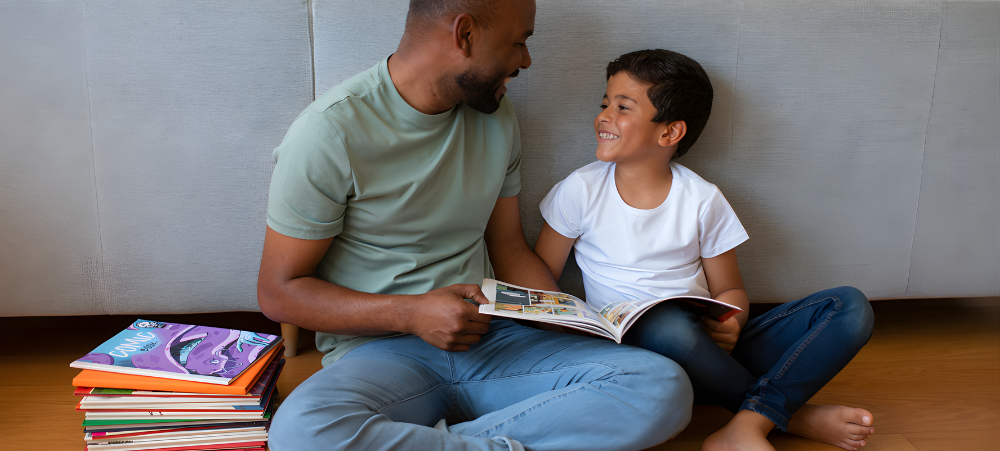Our beliefs become our thoughts; Our thoughts become our words; Our words become our habits; Our habits become our values; Our values become our destiny. – Gandhi
Children are not born with manners.
This is another aspect that needs to be taught and modeled by parents. Sometimes I would tease my grown children and say, ‘Didn’t your mom teach you any manners?’ But it is so true, if your mother doesn’t teach you, who will? It does not come naturally.
Obviously cultures differ, but here are some examples that would be helpful if they could be taught and modeled before leaving home.
- Burping in public
- Picking your nose in public
- Shouting
- Slurping when drinking
- Scratching your private areas
- Picking in your teeth in company
- Wait till everyone is at the table before you start eating
- Say thank you to the cook for the food
- Excuse yourself from the table
- Offer others before taking a second helping
- Boys should hold the door and let girls/women go first
- Girls/women should then acknowledge this courtesy with thanks
- Saying please and thank you
- Greeting and communicating with people while making eye contact
- Closing the door when you use the bathroom
- Ask before you take
- Knock on doors and wait before opening
- Interrupt when someone is talking
- Scratch in someone’s handbag
- Helping yourself to things in the cupboard – ask first
- Pushing in front of people in a queue
- Wait patiently for your turn
- Shake hands with a firm grip and many more
One little five-year-old told her mommy, ‘Only daddies are allowed to pick their noses, right Mommy?’
Besides modelling these habits, there are fun ways of teaching these skills. For example, with younger children, have a tea party and over-exaggerate the good manners. As The get older, Dad can take them on a formal ‘date’. This teaches girls what respect to expect from their future boyfriends and models for boys how to treat their potential girlfriends.
Dr James Dobson had a good example of teaching young people how to communicate. He suggested you stand across from them with a ball. throw the ball at them letting it bounce once before The catch it. Then they have to return it the same way. Explain that conversation is similar in the sense that when you have the ball, you talk and the other person does not interrupt. Then you throw the ball (conversation) to the other person and give them a turn to respond. This can go on and on as long as the ball is returned to the other person. However, if your reply to someone’s question is simply a yes or a no, it kills the ‘game’. The ball stops.
Giving examples to a child is always helpful. You can say things like, ‘When someone asks if you enjoyed the food, instead of just saying yes, thank you (keeping the ball), what sort of questions can you think of that you could ask?’ Some suggestions could be, ‘Did you use a recipe for this?’ ‘Was that real chocolate you put in there?’ ‘Is this the first time you made this or is it a family favourite?’
While driving down the street, I watched as a mother threw litter in the street, two paces away from a public refuse bin. Her little child was watching her, and proceeded to do the same. How sad. If her parents do not teach her these things by example, who will?
I am sure we could all think of a few adults we know whom we would like to ask, ‘Didn’t your mom teach you anything?’ Don’t let your child become one of those people one day.
- Dare to Discipline your Darlings! - May 22, 2019
- Too Soon: Premature Babies - January 14, 2019
- Green and Red Lights on the Road of Raising Siblings - October 23, 2018





